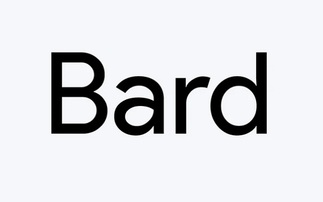Macromedia Flash would benefit from a more friendly integrated development environment
In October 2000 web usability expert Jakob Nielsen argued that “Flash is 99 percent bad”. He gave three reasons: Flash encourages gratuitous animation, reduces user control, and employs non-standar...
To continue reading this article...
Join Computing
- Unlimited access to real-time news, analysis and opinion from the technology industry
- Receive important and breaking news in our daily newsletter
- Be the first to hear about our events and awards programmes
- Join live member only interviews with IT leaders at the ‘IT Lounge’; your chance to ask your burning tech questions and have them answered
- Access to the Computing Delta hub providing market intelligence and research
- Receive our members-only newsletter with exclusive opinion pieces from senior IT Leaders

















